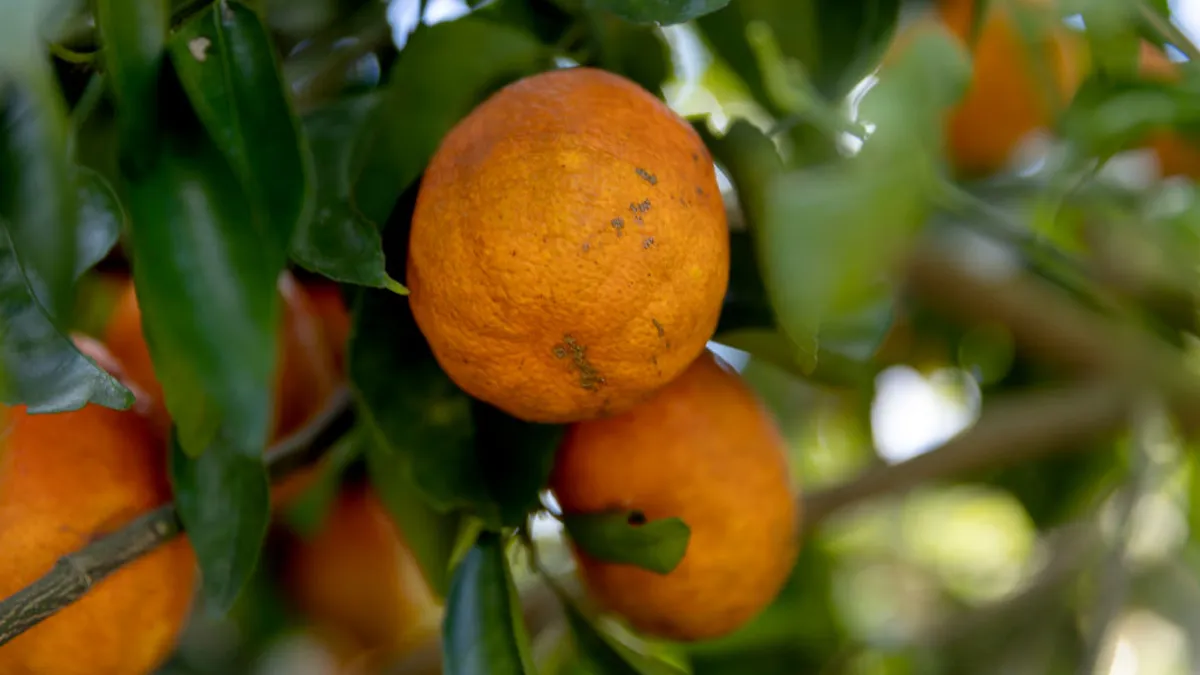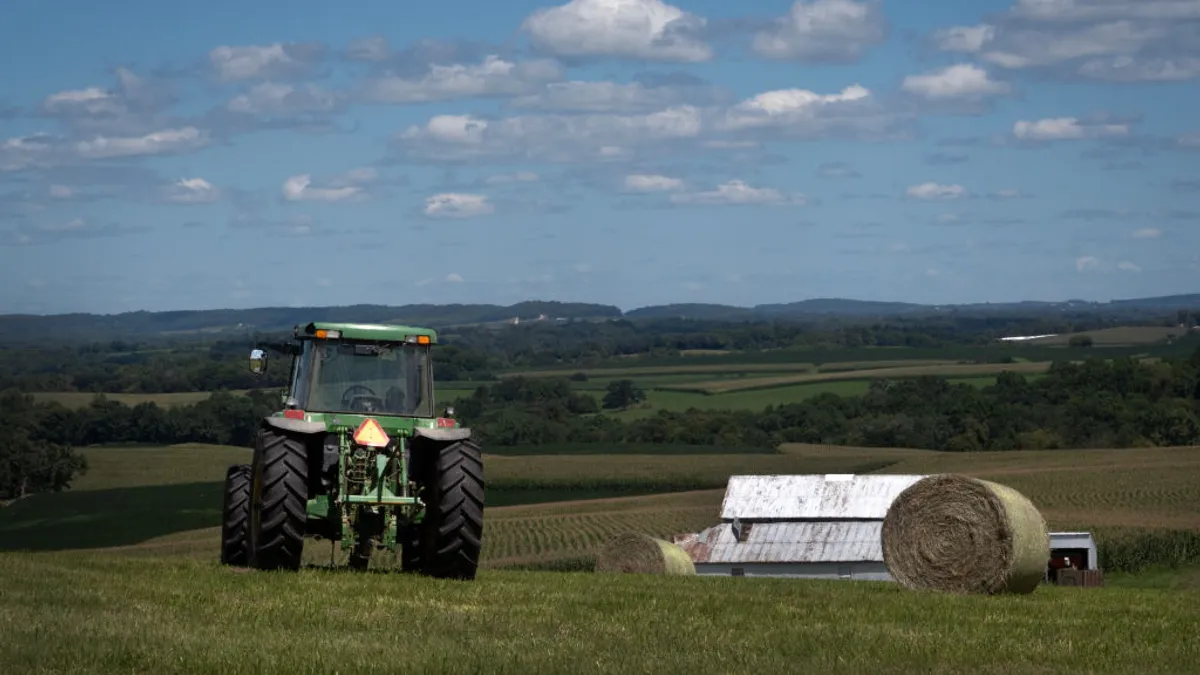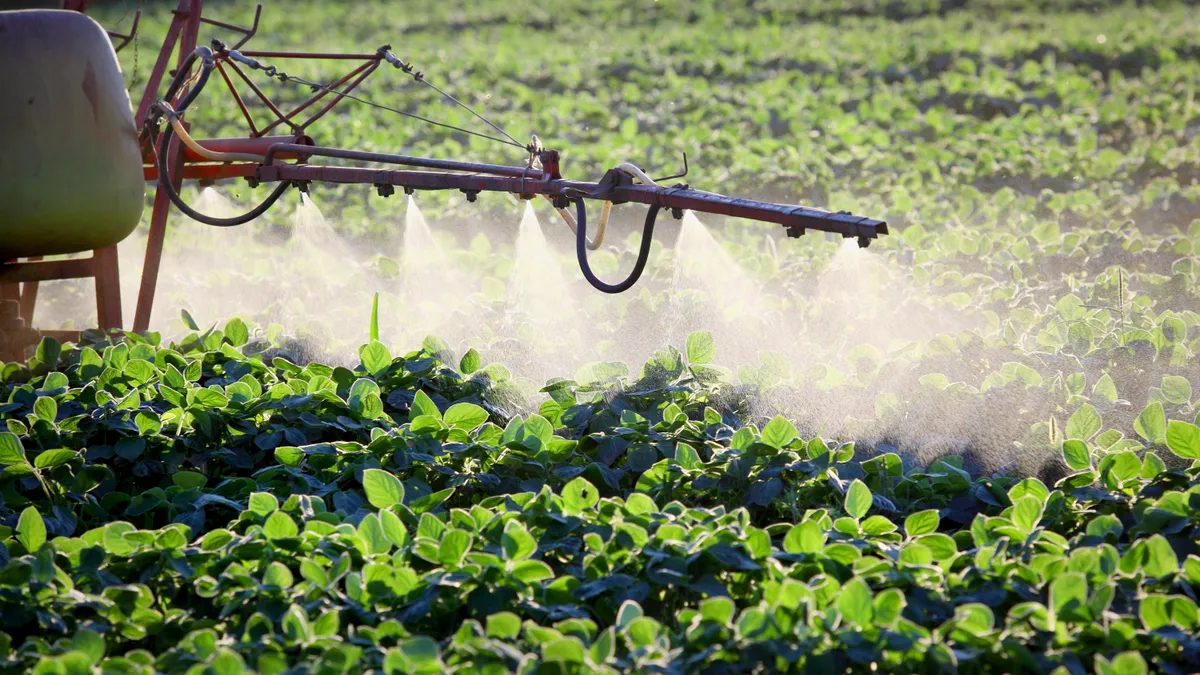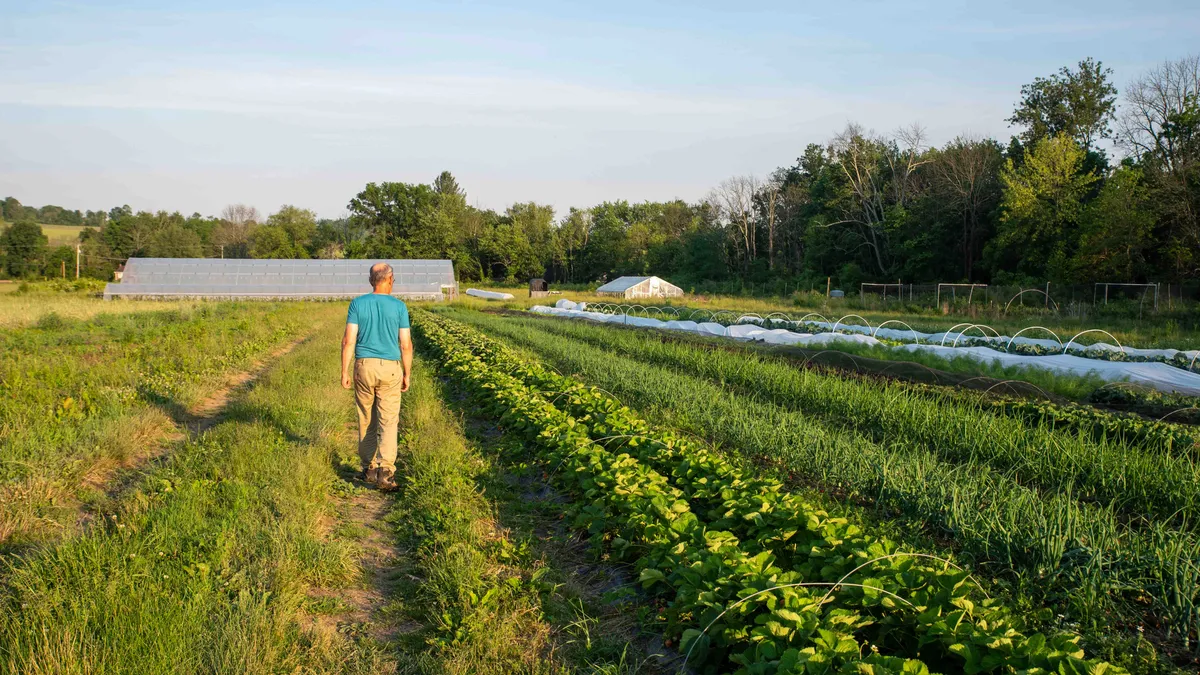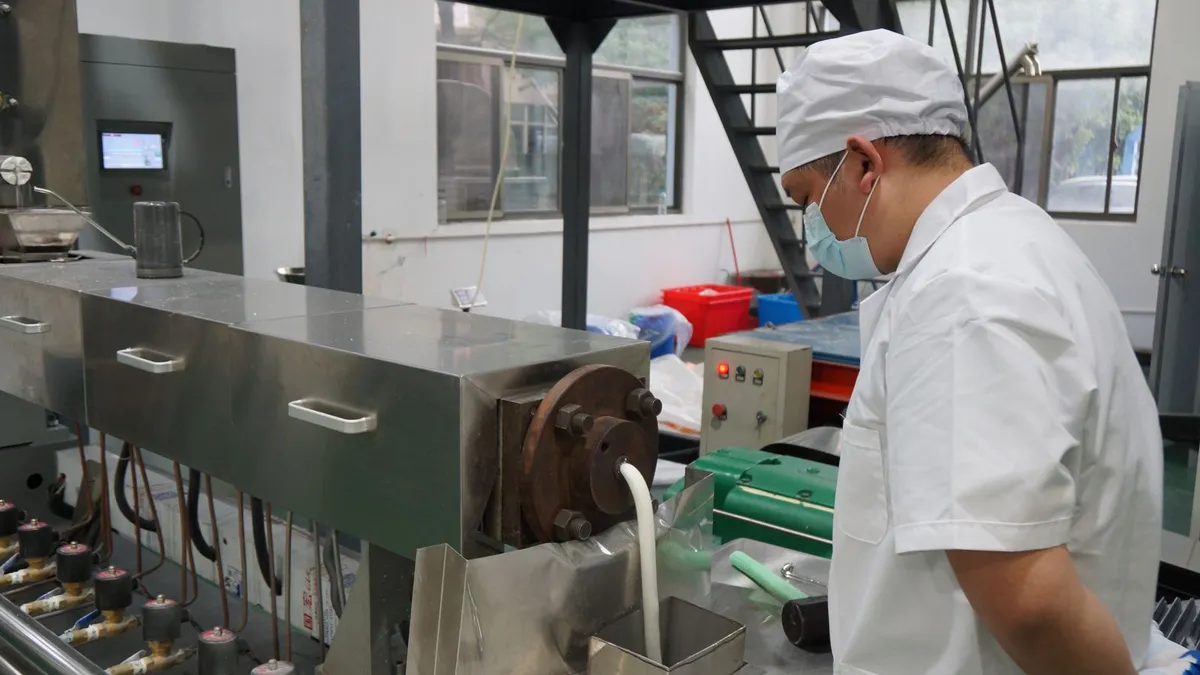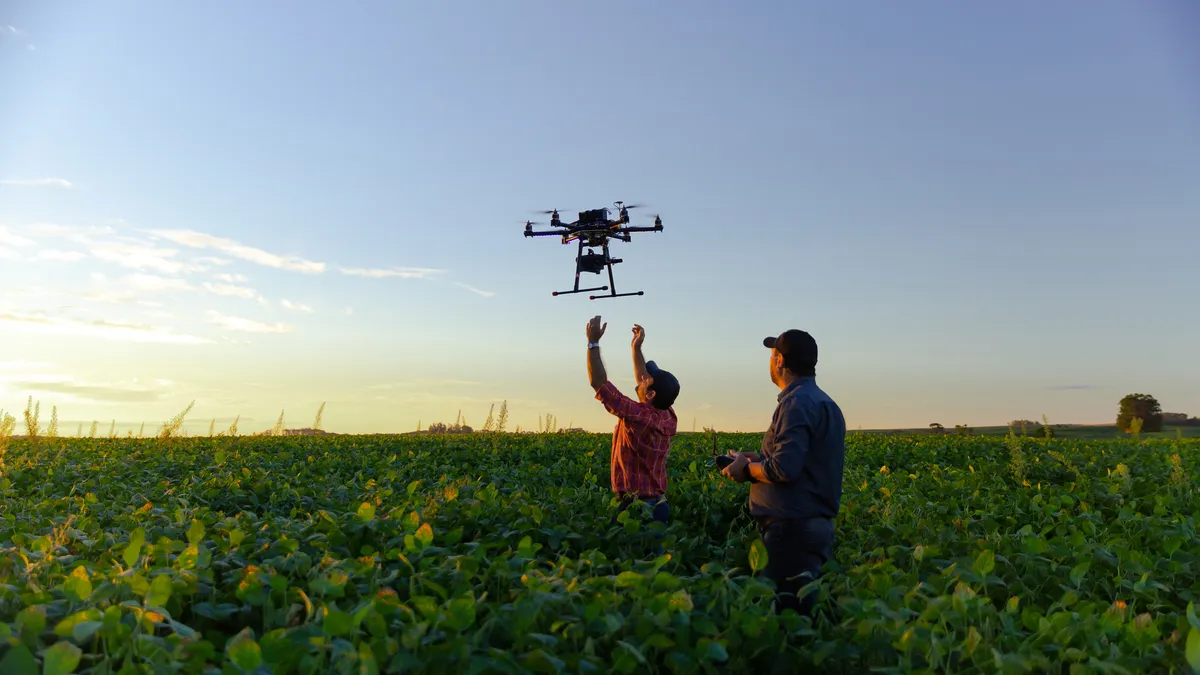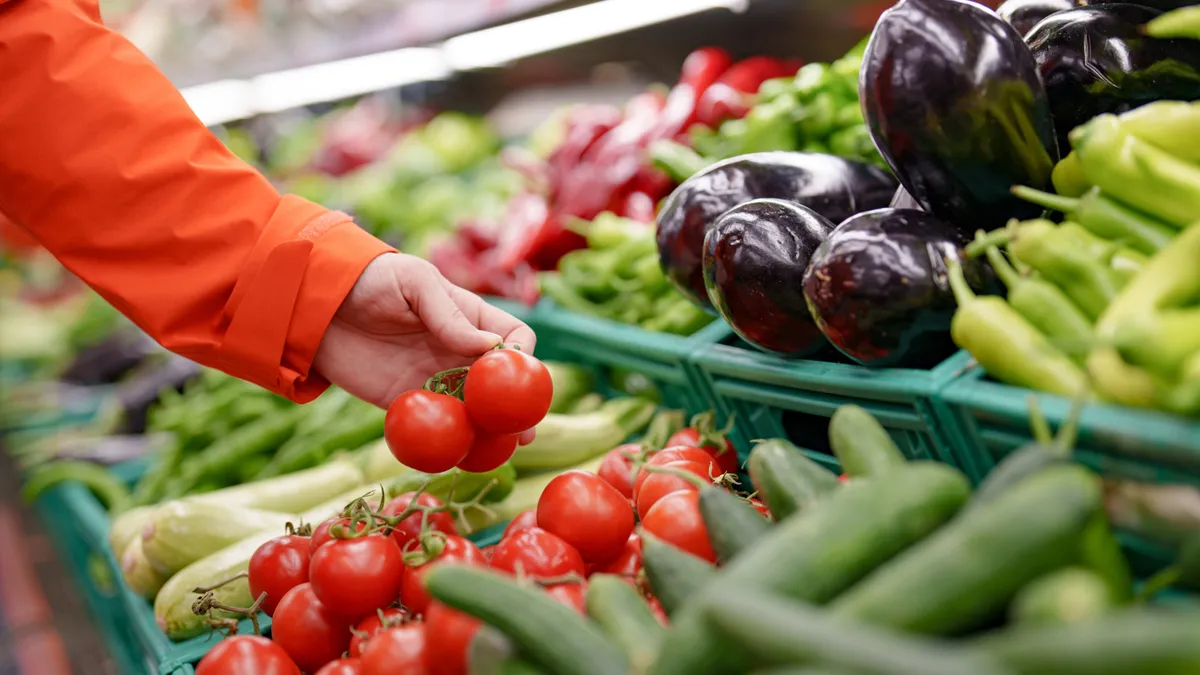Oranges are a core part of Florida's identity — just drive around the state to see the fruit prominently displayed on locals' license plates. But after years of disease and natural disasters made worse by climate change, Florida's iconic orange groves could be a thing of the past.
For years, growers have struggled to address longstanding challenges from a devastating disease known as citrus greening. The bacterial infection, spread by a tiny insect, has killed countless trees, devastated millions of acres of groves and reduced Florida's total citrus production by 74%.
Natural disasters have only compounded the problem in recent years, raising the stakes for finding a cure to citrus greening. Hurricane Milton in October dealt an incredible blow, pummeling 70% of Florida's most productive acreage just as orange growers were recovering from previous hurricanes and disease threats.
“When you think about the battle we've had with greening and then the impact of a storm that takes multiple years in a tree crop to recover from, it is just hard for these growers to get their bearings," said Matt Joyner, CEO of Florida Citrus Mutual, an industry trade group representing the state's citrus growers.
Following Milton, Florida's orange crop is now expected to be the lowest in a century, the U.S. Department of Agriculture said Dec. 10. That's a massive reversal from earlier in 2024 when the department was expecting production to jump 11% over the previous year.
Even as growers race to save what's left of Florida's orange groves, many remain optimistic that the state's citrus industry can still recover – especially if researchers can find a solution to combat citrus greening. While growers have been without a cure for years, promising research made over the past two years could potentially change the tides.
“Two decades of battling citrus greening has taken its toll on our industry,” Joyner said. “The good news is that, in the last 18 to 24 months, there's been multiple breakthroughs in the extensive research.”
The race to cure citrus greening
In the United States, citrus greening was discovered in Florida in 2005 and has since spread to Georgia, Alabama, California, Louisiana, South Carolina, and Texas. The affliction, which Joyner calls “the most difficult disease known to citrus worldwide,” is spread by a tiny insect called the Asian citrus psyllid.
Once infected, trees slowly die over the course of two to three years. While affected trees can still produce some fruit, yields are significantly decreased and the citrus produced is often discolored, bitter and lopsided.
In 2023, scientists at USDA’s Agricultural Research Service shared a potential remedy for the disease by augmenting a tree’s natural immune system. Gene-edited plants that produce receptor proteins can recognize pathogens and then activate a tree’s own immune response.
Commons tactics have been treating orange trees with antibiotics and protecting young trees with mesh bags. This only prolongs their lifespan by a few rather than getting rid of the problems. In the meantime, the USDA has invested more than $400 million to address citrus greening, including more than $57 million through the Citrus Disease Research and Extension Program since 2014 to come to long-term solutions.
While the potential remedy from USDA is still being tested, the department said gene-edited trees could give growers a chance to combat citrus greening without pesticides or removing affected trees from orchards.
In the meantime, many growers and researchers have focused efforts on plant growth regulators as a way to promote tree health and prevent production losses. Chemicals such as gibberellic acid and 2, 4-D have been found to support healthier trees with reduced fruit drop and increased production.
Initial research with growers showed that trees treated with plant growth regulators retained more fruit, even in the face of natural disasters. Treated trees were also more likely to retain fruit in freezing temperatures, opening more possibilities for citrus resilience in the face of its varied challenges.
“We have some tools that we had not had prior to now, that have been deployed commercially," Joyner said. "A lot of the indicators that we've been looking for in the fight against greening have really been showing some positive signs.”
Is it too late to save Florida's oranges?
Emerging solutions to citrus greening is a small ray of optimism in a dire situation for growers that's been made worse by increasingly powerful hurricanes and other weather events.
Milton hit just as growers were beginning to get back on their feet from Hurricane Ian in 2022, which tore fruit from trees and flooded orchards. Growers can only do so much to prevent damage from natural disasters, making it all the more important to find a solution to citrus greening and also make trees more climate resilient.
“When a hurricane is barreling towards the state and you have almost 300,000 acres of tree crop, and that storm comes across, we can't really shield them from it,” Joyner said. However, continued efforts to combat greening and restore tree health could put the trees in better stead if they are hit with another storm.
Still, there are major hurdles in addressing the devastating disease, particularly in Florida where it's been found in every county with commercial citrus operations. María Victoria Coll Aráoz, a scientist from Argentina leading research on a cheaper technique to combat citrus greening, has been told to "get out of Florida," where some say it's too late to save the industry.
"Florida is kind of lost," Coll Aráoz said. "Most people in the industry just tell you that."
Coll Aráoz’s research focuses on push-pull pest management, a strategy that uses stimuli to repel pests from crops and attract them to other areas where they can then be controlled. The team has studied using curry plants as a "trap crop" to lure greening-causing psyllids.
So far, the curry plants, combined with plant hormones that drive back the pests, has led to promising results. The method has produced a 91% decrease in the insect vector presence, and a whopping 100% decrease in the psyllid egg laying.
Despite the potential breakthrough, Coll Aráoz said funding to proliferate her solution has been limited. It's unclear whether she will be able to continue her promising experiments into 2025.
But as growers reach their wits' end with the endless hits to production, more are willing to take part in experiments like Coll Aráoz's. That could help raise the demand for new research and accelerate efforts to find a solution before the next big storm or weather event hits.
“It's a difficult thing to see this much fruit hit the ground, to see our trees beat up by a major storm, just as we're seeing really some bright signs of recovery,” Joyner said. “But we're still optimistic … we do have tools now for this industry to continue to recover and rebuild.”


